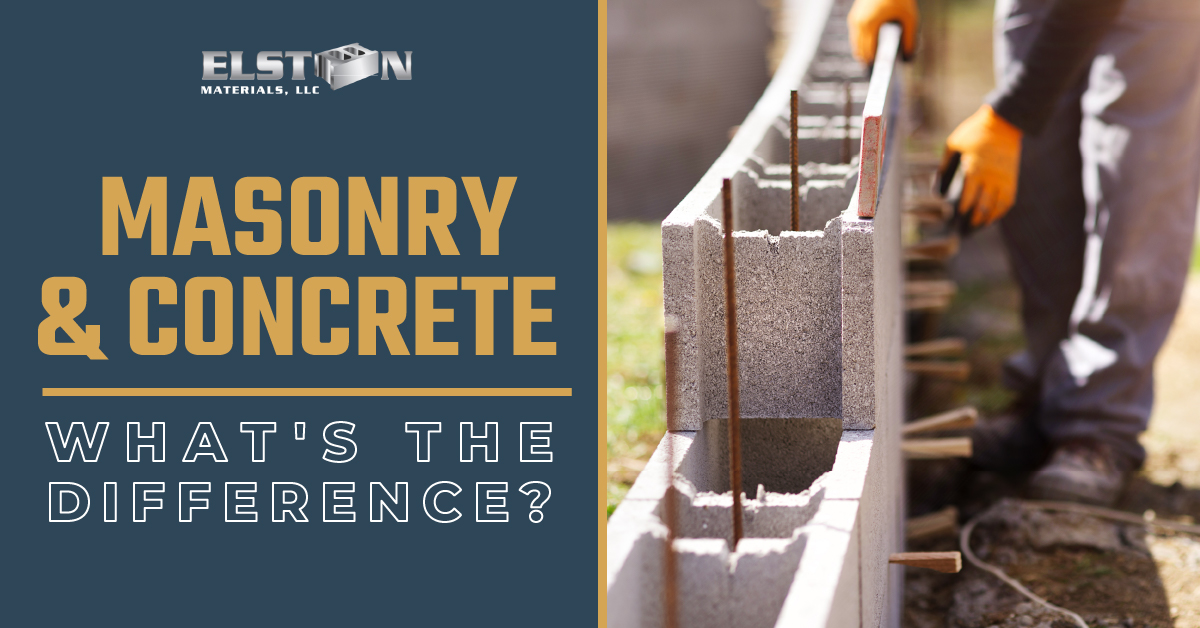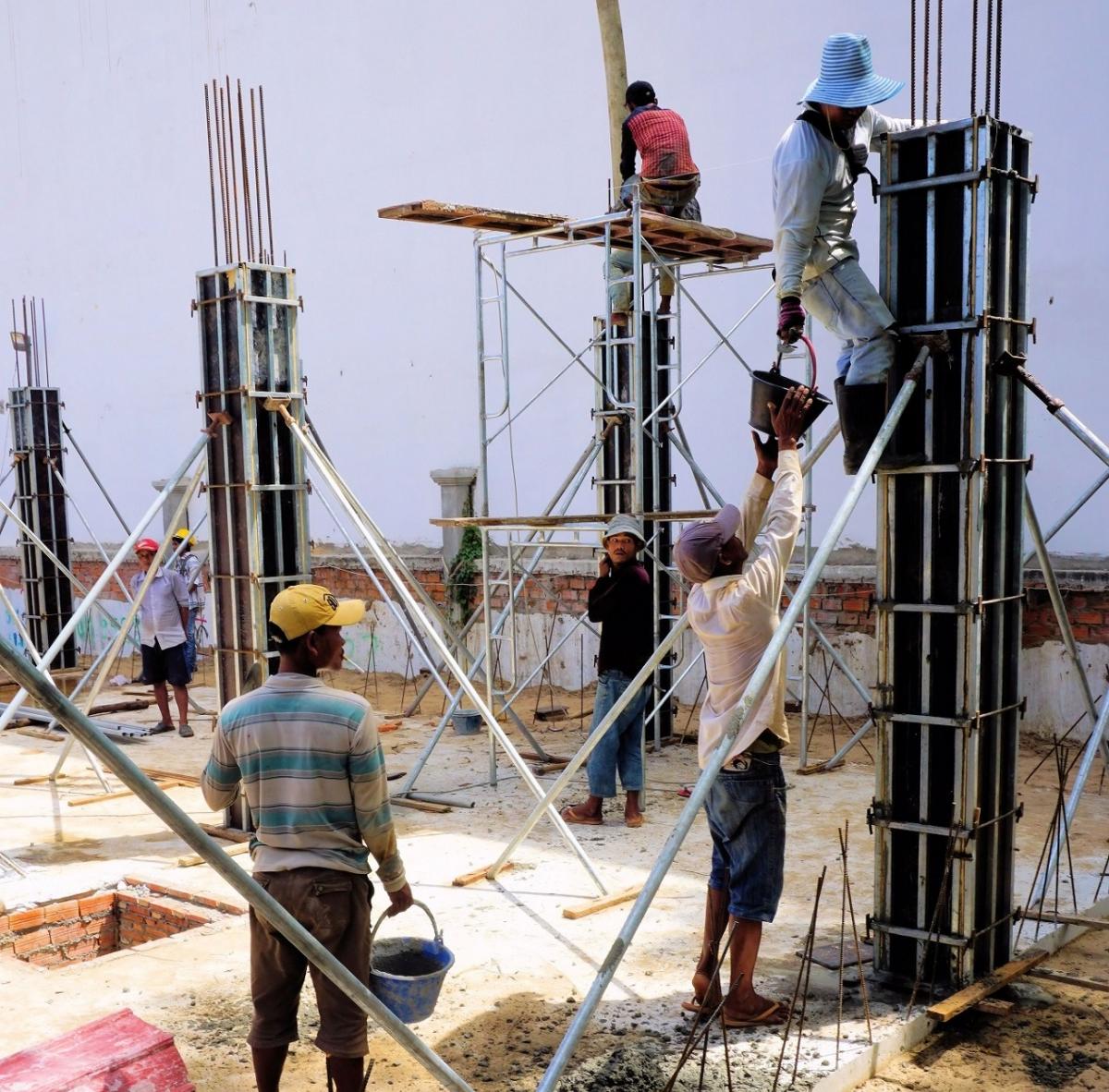8 Easy Facts About Stamped Concrete Shown
Wiki Article
Some Of Concrete
Table of Contents8 Simple Techniques For Stamped ConcreteSome Known Details About Concrete Mixer Decorative Concrete Things To Know Before You BuyThe Best Guide To Polished ConcreteThe Buzz on Concrete DesignIndicators on Concrete Design You Need To Know
Thin-set has a pronounced adhesive quality as well as is in some cases referred to as thin-set adhesive. The Spruce/ Liz Moskowitz.What is masonry in building construction? Building and construction of poured concrete, reinforced or unreinforced, is often likewise thought about masonry.
Block Stonework: Brick is the most prominent material for stonework. What is the distinction between brick as well as masonry? With brick veneer, the structural assistance comes from the concrete, steel, or wood that makes up the back-up wall surface, and the brick is on the exterior for aesthetic functions.
The Of Cement Mixer
What is the distinction in between concrete and also stonework? Concrete is a make-up of various aspects prepared in a manufacturing facility while stonework is made on-site of bricks and mortar. Concrete is poured into mold and mildews while blocks and also mortar are joined to create masonry.Routine examinations assist recognize sources of leakages, harmed mortar and also fractures. What are the 3 kinds of masonry? Blocks are the most famously acknowledged stonework materials, although numerous other resources can be used, such as stone and concrete blocks. Brick Stonework. Brick is the most popular form of masonry requested today.
Concrete Blocks. Just how do you tell if a home is structure or stonework? A common method to determine the real building and construction kind is looking at the home windows, if the inset is almost flush with the outside wall it is framework, if the inset is concerning 4 inches deep it will certainly be stonework building and construction.
All About Cement Mixer
Block is less pricey than stone. Both can hold up against the elements, consisting of strong winds, warm sunlight, and also sub-freezing temperature levels. What are the 3 kinds of masonry?.Stonework as well as concrete are not the very same thing; as a basic policy stonework is referring to the bricks, rocks, and also obstructs used while concrete refers to a kind of concrete, other products, and water that can be set right into large forms to make a structure without the smaller sized devices of stones or bricks piled upon each other.
Masonry might also refer to the skill or trade of dealing with rocks as well as blocks to develop exactly and skillfully. The kind of concrete you intend to choose depends upon the area of the building it will be used and the scope of the job. The material that is used to mix with the cement in concrete as an accumulation will determine the hardness, water resistance, and weight of the concrete kinds that are being made.
The Buzz on Polished Concrete
It can be a precise scientific research to get the needed results, however the specialists have had years of experience and also can conveniently blend a batch of concrete suitable for whatever task is at hand. The kind of stonework you desire to select refers taste as well as the honesty of the job.It is important to work with a mason with experience as well as an eye for both the charm of the job as well as additionally the stability. When done right, developing with stone can lead to a piece of architecture that remains strong as well as eye-catching for years. Whether you chose concrete stonework, put concrete walls, or stone stonework, the integrity of your structure will likely be considerably better for picking these fire immune durable tools to develop with (polished concrete).
While stonework as well as concrete are both used for building wall surfaces as well as other structures that make up buildings, both are very different in terms of application as well as the method of prep work here are some of one of the most important differences: Composition while cement is developed making use of concrete, water as well as some kind of accumulation, such as rock or sand, masonry makes use of block or rock elements glued along with mortar, a combination cement, sand and go right here water; Preparation both concrete as well as the mortar made use of to make bricks stick together can be made in a mixer, but most of the times, concrete is produced in huge amounts in a factory and it is moved to the building website prepared for being used; Application concrete is usually put into molds to create blog posts, floors as well as wall surfaces, while masonry wall surfaces are developed brick by block, rock by rock, spreading a layer of mortar on the top of a layer of blocks, then laying blocks on the mortar and also proceeding the operation till the desired height is gotten to; Durability both concrete and also masonry walls are resistant as well as long lasting frameworks, the choice between both being identified by the kind of the building, budgeting considerations, building and also terrain-related aspects.
Rumored Buzz on Polished Concrete

Mortar safeguards the blocks with each other, which rest on concrete footings. There are no forms (like those required for poured concrete foundations) review to configure as well as secure the blocks.
The Facts About Stamped Concrete Uncovered

Service providers may locate it hard, lengthy, and pricey to vehicle in wet concrete to the work site. Water leak concerns in poured concrete structures, Put concrete can split and leak if not prepared properly. Poured concrete wall surfaces might leak wetness via non-structural cracks in the wall surface (where the wall and floor satisfy, at the top of the foundation wall or with the porous concrete).
Report this wiki page